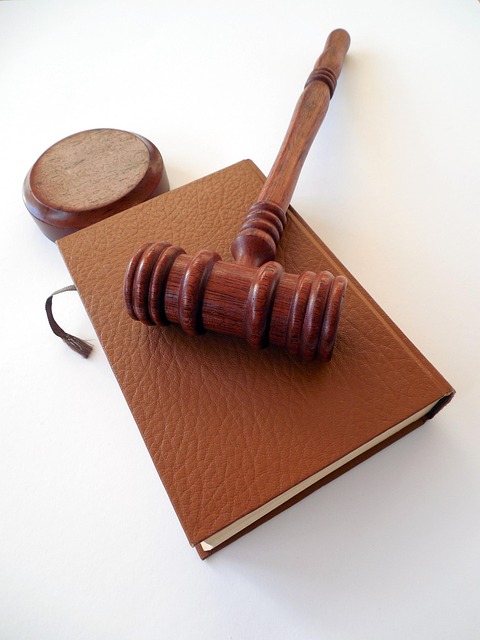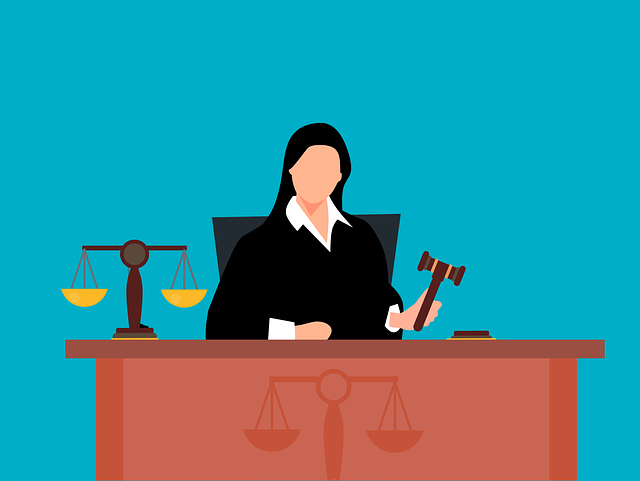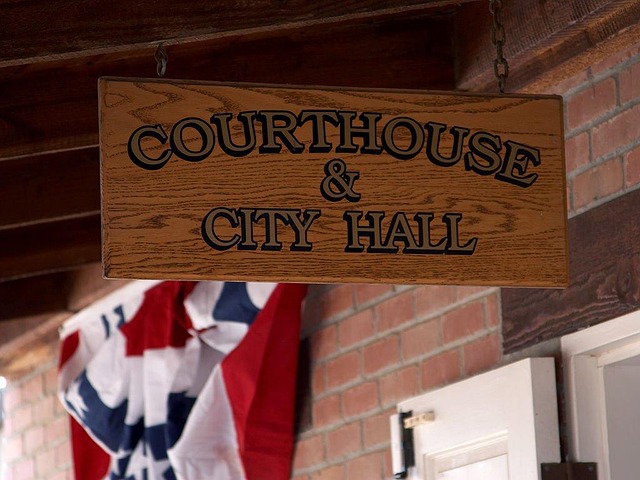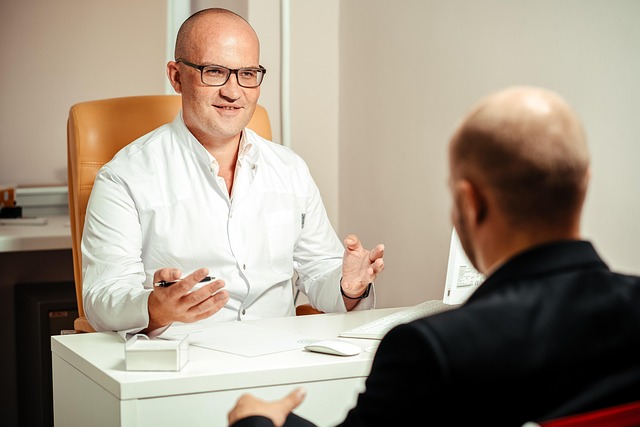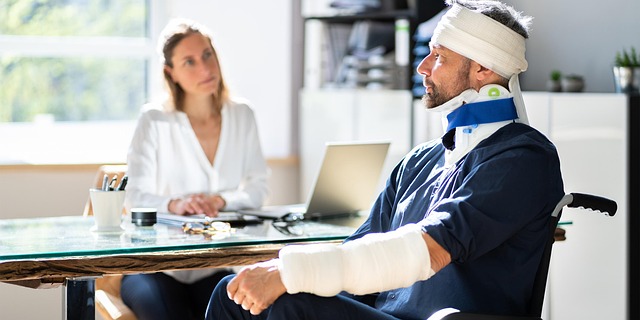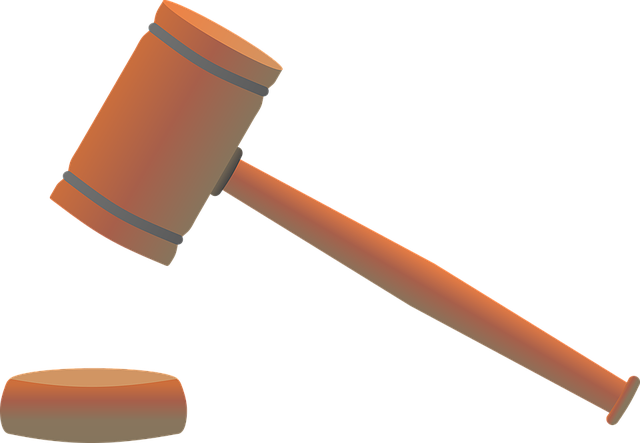Product liability settlements are crucial for consumer safety and justice, acting as a game-changer in holding manufacturers accountable. Securing a favorable outcome requires gathering and presenting compelling evidence, including medical records, expert witness affidavits, and product testing reports. This process involves strategic investigation, proving product defectiveness, causation, and defendant liability, and aiming for a fair settlement reflecting all damages. Both consumers and businesses benefit from these settlements as they foster transparency, encourage responsible product development, and enhance market trust.
In the complex landscape of product liability law, achieving a favorable settlement requires robust legal evidence. This comprehensive guide delves into the intricacies of product liability settlements from a legal perspective, offering insights into gathering and presenting compelling evidence. We explore the entire process, from initial claims to resolution, equipping readers with essential knowledge for navigating this challenging yet crucial aspect of product liability cases. Understanding these key steps is vital for achieving just compensation.
- Understanding Product Liability Settlements: A Legal Perspective
- Gathering and Presenting Strong Legal Evidence
- Navigating the Process: From Claim to Resolution
Understanding Product Liability Settlements: A Legal Perspective

Gathering and Presenting Strong Legal Evidence
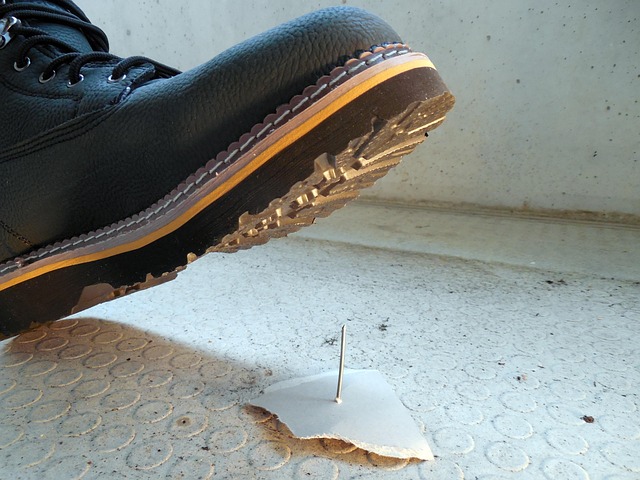
In a product liability settlement case, gathering and presenting strong legal evidence is paramount to securing a favorable outcome. This involves a meticulous process of collecting and organizing data that establishes a direct causal link between the defective product and the incurred injuries or damages. Legal professionals must delve into various sources such as medical records, expert witness affidavits, and product testing reports to build a robust case. Additionally, investigating the circumstances surrounding the accident settlements, including truck accident injuries if applicable, is crucial for pinpointing liability.
Effective presentation of this evidence during business litigation requires clarity and persuasion. Attorneys should be prepared to elucidate complex technical details in terms easily understood by judges and juries. Utilizing visual aids, expert testimony, and meticulously documented reports can significantly enhance the persuasiveness of the case. Ensuring that all evidence is properly authenticated and adheres to legal standards is essential for its admissibility and subsequent weight in court.
Navigating the Process: From Claim to Resolution

Navigating the product liability settlement process involves a series of carefully orchestrated steps designed to ensure justice for victims and accountability from manufacturers or sellers. The journey begins with a thorough investigation to gather strong legal evidence, including documentation, expert opinions, and witness statements. This critical phase demands meticulous attention to detail as it forms the bedrock upon which the claim will be built.
As the process unfolds, claimants must demonstrate that the product in question was defective, that the defect caused their injury or loss, and that the defendant party was liable for the damages. Legal professionals play a pivotal role in guiding clients through this complex landscape, ensuring compliance with statutes of limitations and navigating potential defenses. Ultimately, if a settlement is reached, it should reflect the full extent of the defendant’s responsibility, taking into account factors like medical expenses, lost wages, pain and suffering, and any economic losses stemming from the product liability incident, even in cases such as elder abuse or real estate disputes where fiduciary duty breaches may be at play.
Securing a successful product liability settlement demands a comprehensive understanding of legal principles and robust evidence. By gathering and presenting compelling legal evidence, claimants can navigate the complex process effectively. This structured approach ensures a fair resolution, ultimately achieving justice for those affected by defective products. A well-executed strategy, encompassing claim assessment, evidence collection, and persistent legal advocacy, is key to navigating this intricate landscape and securing favorable outcomes in product liability settlements.
